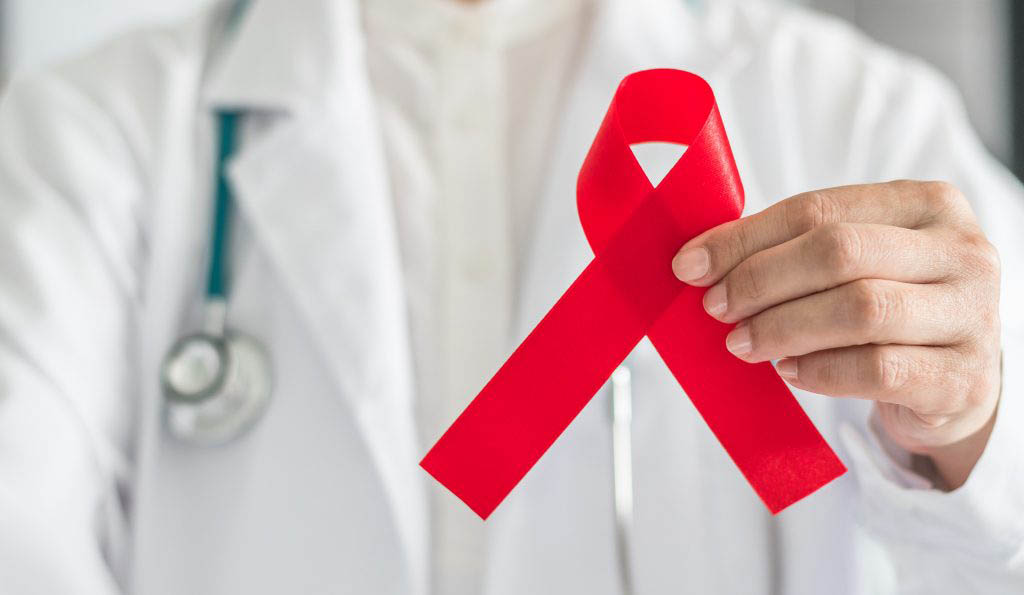The field of HIV treatment has experienced groundbreaking progress, introducing a wide array of advanced medications that empower patients to manage the virus more effectively than ever before. At the core of modern HIV care is antiretroviral therapy (ART), a multi-drug strategy designed to suppress viral replication and restore immune function. Today’s treatment landscape goes beyond traditional oral medications, incorporating innovative solutions such as long-acting injectables and therapies tailored for drug-resistant strains. These advancements not only enhance treatment efficacy but also improve convenience and adherence, offering new hope for individuals living with HIV.

The Evolving Landscape of HIV Medications
HIV treatment has undergone a dramatic transformation over the decades, shifting from limited and highly toxic regimens to sophisticated, well-tolerated therapies. The foundation of modern HIV management lies in antiretroviral therapy (ART), which combines drugs from multiple classes to target the virus at different stages of its life cycle. This multi-pronged approach effectively suppresses viral replication, allowing the immune system to recover and reducing the risk of complications.
A key objective of ART is achieving an undetectable viral load—a milestone that signifies the virus is so effectively suppressed that it cannot be detected in standard blood tests. Reaching this goal typically occurs within six months of starting treatment and is crucial for both individual health and preventing transmission to others.
Diverse and Convenient ART Options
One of the most significant advancements in HIV treatment is the development of fixed-dose combination pills, which merge multiple antiretroviral drugs into a single daily tablet. Medications like Biktarvy—a combination of bictegravir, emtricitabine, and tenofovir alafenamide—exemplify this innovation, offering potent viral suppression with minimal side effects. These streamlined regimens reduce the pill burden, making it easier for patients to adhere to their treatment plans consistently.
Additionally, newer formulations cater to specific patient needs, such as those with kidney concerns or drug resistance, ensuring that therapy can be personalized for optimal effectiveness and safety.
Key Classes of HIV Medications
HIV drugs are categorized into distinct classes, each targeting a different stage of the viral life cycle:
Nucleoside/Nucleotide Reverse Transcriptase Inhibitors (NRTIs/NtRTIs) – Drugs like lamivudine and tenofovir block the reverse transcriptase enzyme, preventing HIV from converting its RNA into DNA.
Non-Nucleoside Reverse Transcriptase Inhibitors (NNRTIs) – Medications such as efavirenz and rilpivirine also inhibit reverse transcriptase but through a different mechanism.
Protease Inhibitors (PIs) – Atazanavir and darunavir interfere with the protease enzyme, preventing the virus from maturing and becoming infectious.
Integrase Strand Transfer Inhibitors (INSTIs) – Dolutegravir and raltegravir stop HIV DNA from integrating into the host cell’s genetic material, halting viral replication.
Entry and Fusion Inhibitors – These drugs, like enfuvirtide and maraviroc, block HIV from entering immune cells.
Understanding these classes helps healthcare providers tailor treatment regimens to individual patient needs, maximizing efficacy while minimizing side effects.
Cutting-Edge Advances in HIV Treatment
Recent years have introduced revolutionary HIV therapies that redefine treatment standards. Among the most notable innovations are long-acting injectables, such as Cabenuva (cabotegravir + rilpivirine), which can be administered monthly or every two months, eliminating the need for daily pills. This breakthrough is especially beneficial for patients who struggle with adherence to oral regimens.
For those with multi-drug-resistant HIV, newer agents like lenacapavir and fostemsavir provide much-needed alternatives. Lenacapavir, a first-in-class capsid inhibitor, disrupts the virus’s protective shell, while fostemsavir blocks viral entry into immune cells. These therapies expand treatment possibilities for individuals who previously had limited options.
Personalized Treatment and Ongoing Monitoring
Selecting the right HIV regimen requires careful consideration of factors such as drug resistance, potential side effects, and interactions with other medications. Regular blood tests are essential to monitor viral load, CD4 count, and overall treatment effectiveness, allowing for timely adjustments if needed.
Patients must also communicate openly with their healthcare providers about other medications they are taking—including over-the-counter drugs, supplements, and herbal remedies like St. John’s Wort—as these can interfere with ART.
Preventative Strategies: PrEP and PEP
Beyond treatment, HIV prevention has seen significant progress with pre-exposure prophylaxis (PrEP) and post-exposure prophylaxis (PEP). PrEP, taken daily by individuals at high risk of HIV, includes medications like Truvada and Descovy, which can reduce infection risk by over 90%.
PEP, on the other hand, is an emergency treatment taken within 72 hours of potential exposure to HIV. A 28-day course of antiretrovirals can prevent the virus from establishing infection, making immediate medical attention critical.
The Future of HIV Therapy
The horizon of HIV treatment continues to expand, with ongoing research into longer-acting injectables, gene-editing therapies, and functional cures. The FDA’s recent approval of lenacapavir (Sunlenca) highlights the progress in addressing drug resistance, while investigational treatments aim to simplify dosing even further.
As science advances, the focus remains on improving patient convenience, adherence, and long-term outcomes, ensuring that individuals with HIV can lead healthy, fulfilling lives.
Why Staying Informed Matters
For both patients and healthcare providers, keeping up with the latest HIV treatment developments is essential. Understanding the full spectrum of available therapies—including their mechanisms, benefits, and potential challenges—empowers individuals to make informed decisions about their care.
By staying educated on emerging treatments and adhering to prescribed regimens, patients can achieve undetectable viral loads, maintain strong immune function, and enjoy a high quality of life. The future of HIV treatment is brighter than ever, offering hope and improved outcomes for millions worldwide.





